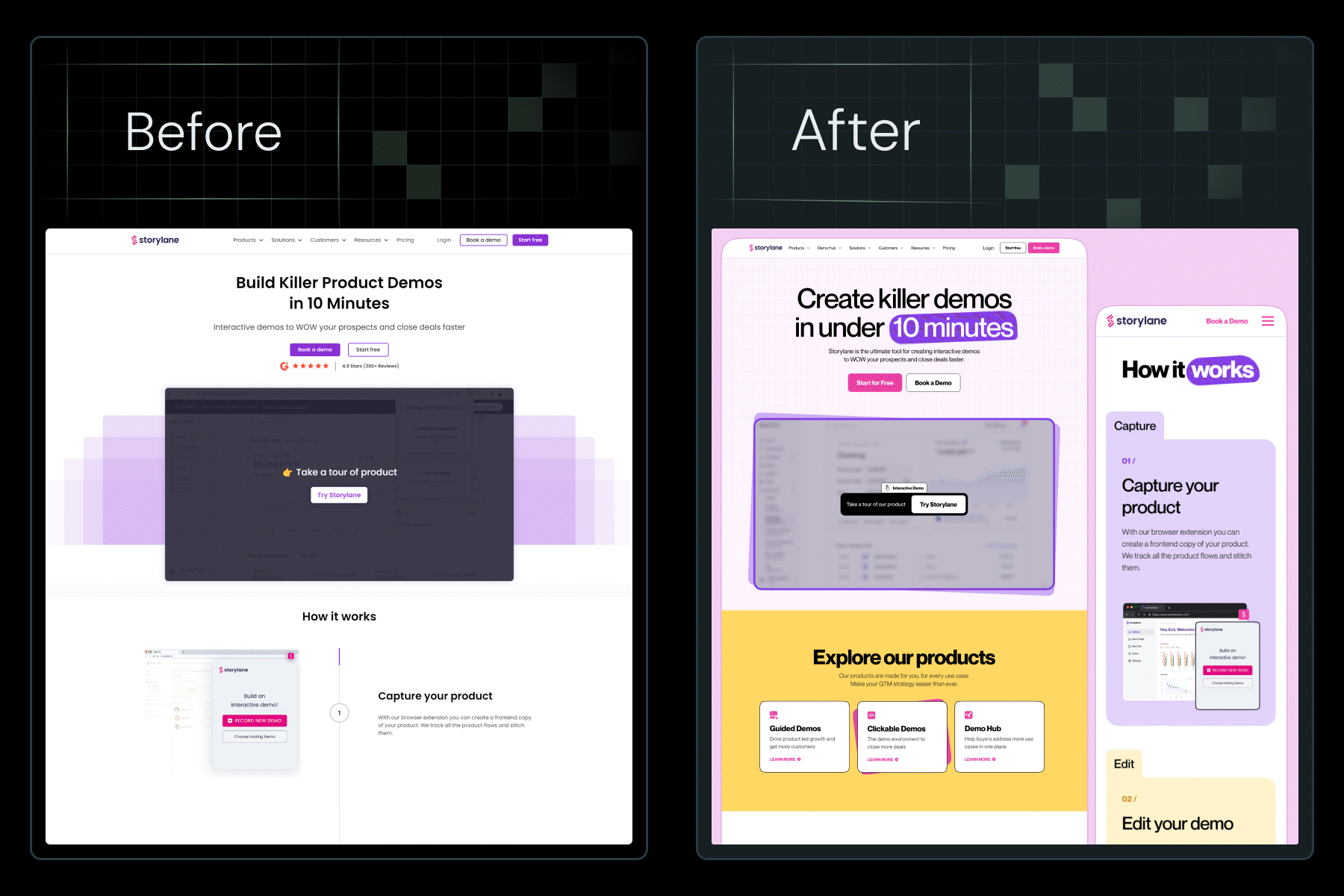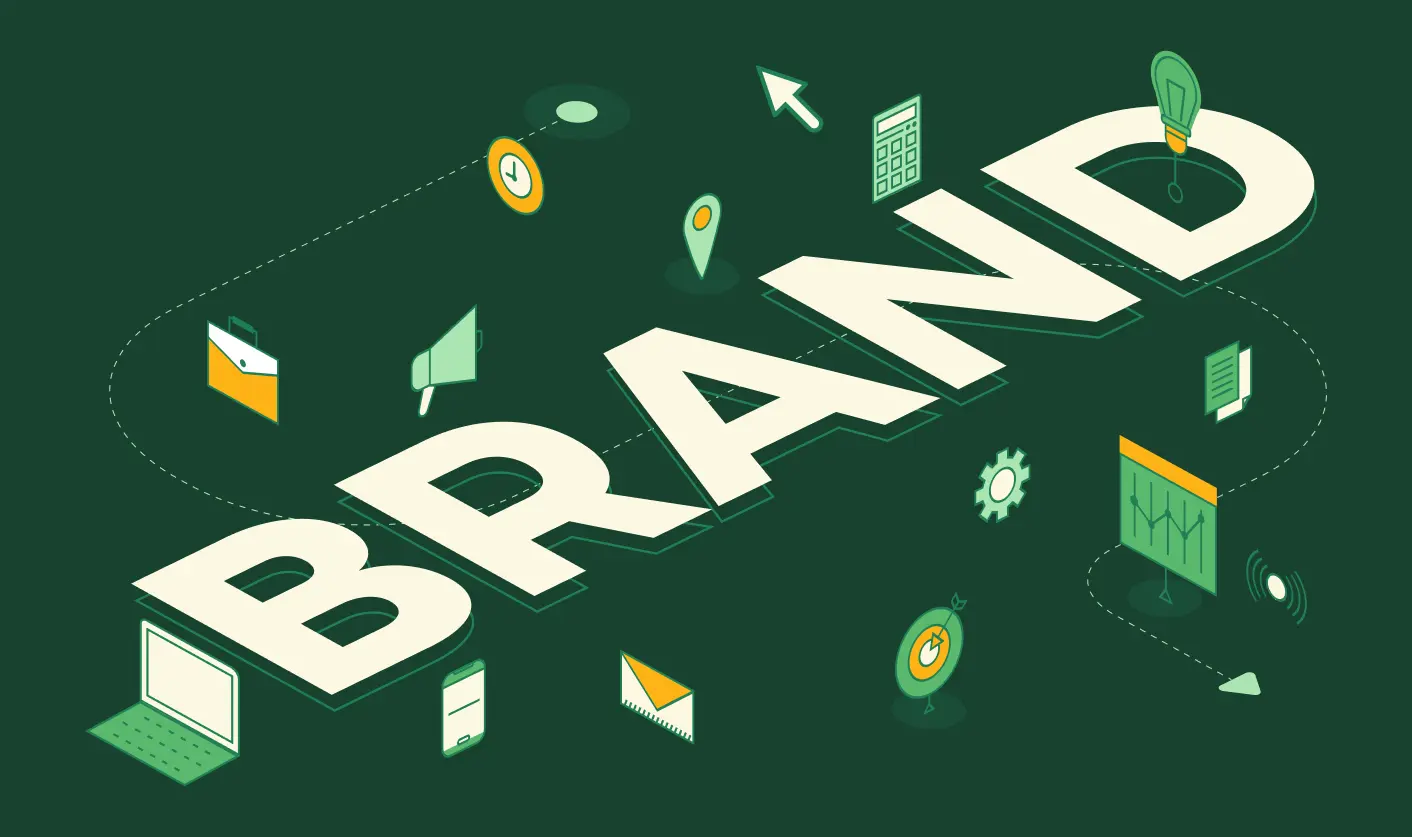

Latest Articles
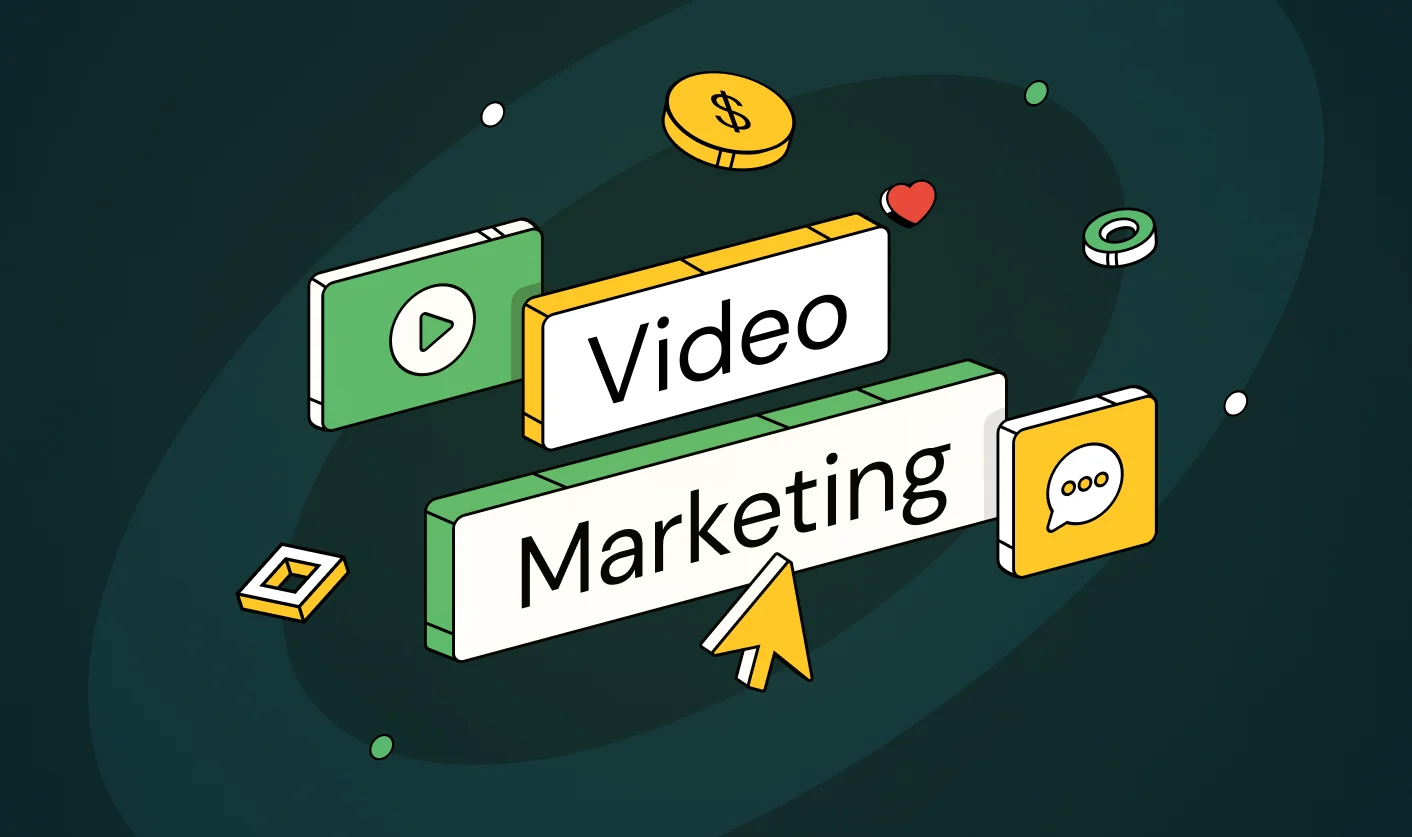
Marketing
How to Choose a Video Marketing Agency That Understands B2B Storytelling
Kiran
.svg)
January 8, 2026

Design
Outsourcing Web Design: Cost-Benefit Analysis for Mid-Market & Enterprise Brands
Kiran
.svg)
January 6, 2026
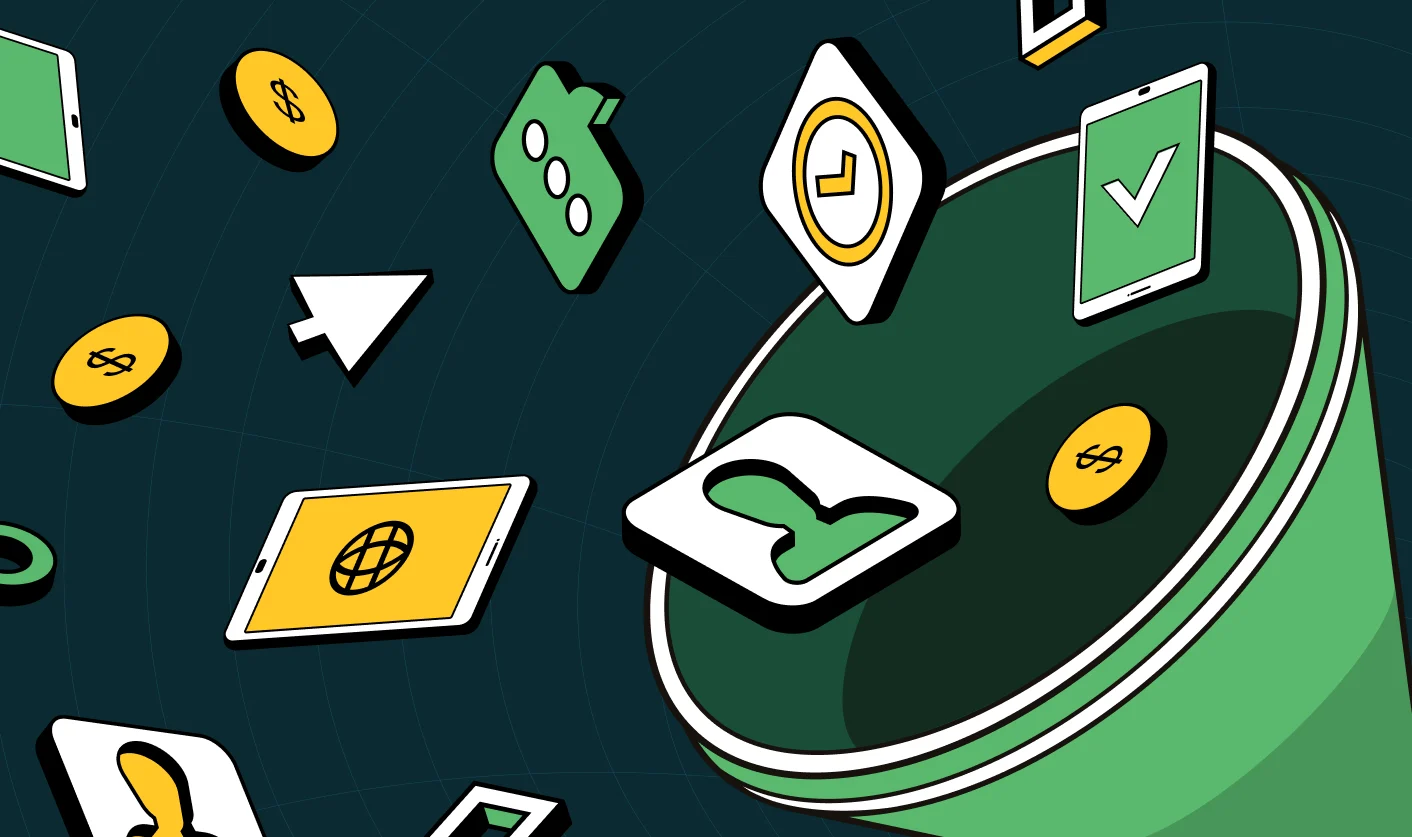
Marketing
From Leads to Lifetime Value: How Growth Marketing Agencies Scale SaaS Revenue
Kiran
.svg)
December 30, 2025
Top B2B Articles That Drive Conversions
No items found.
Explore by topics
Thank you! Your submission has been received!
Oops! Something went wrong while submitting the form.
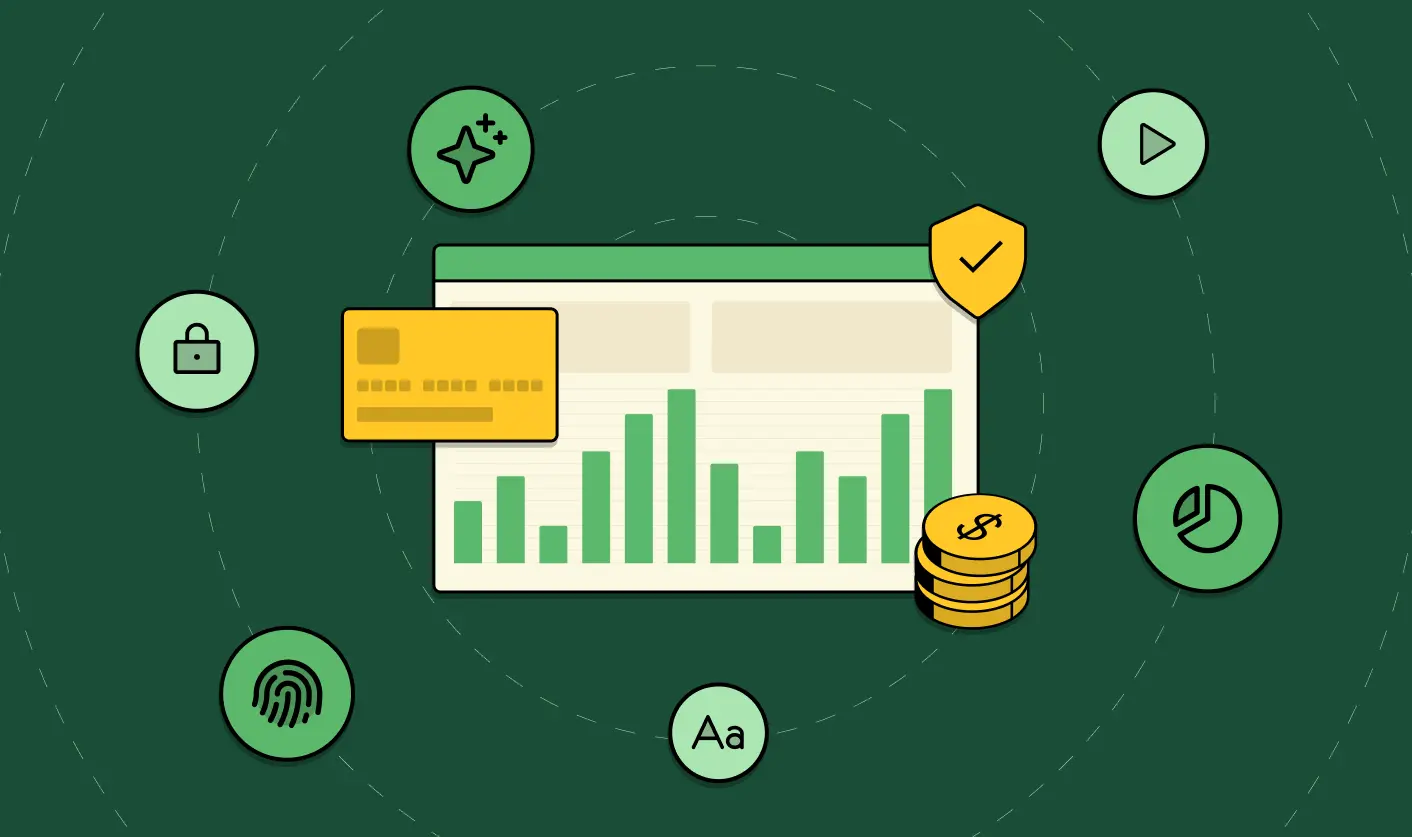
Design
Fintech Web Design That Builds Trust: 8 UX Principles Every Fintech Site Needs
Ayush Barnwal
.svg)
December 19, 2025
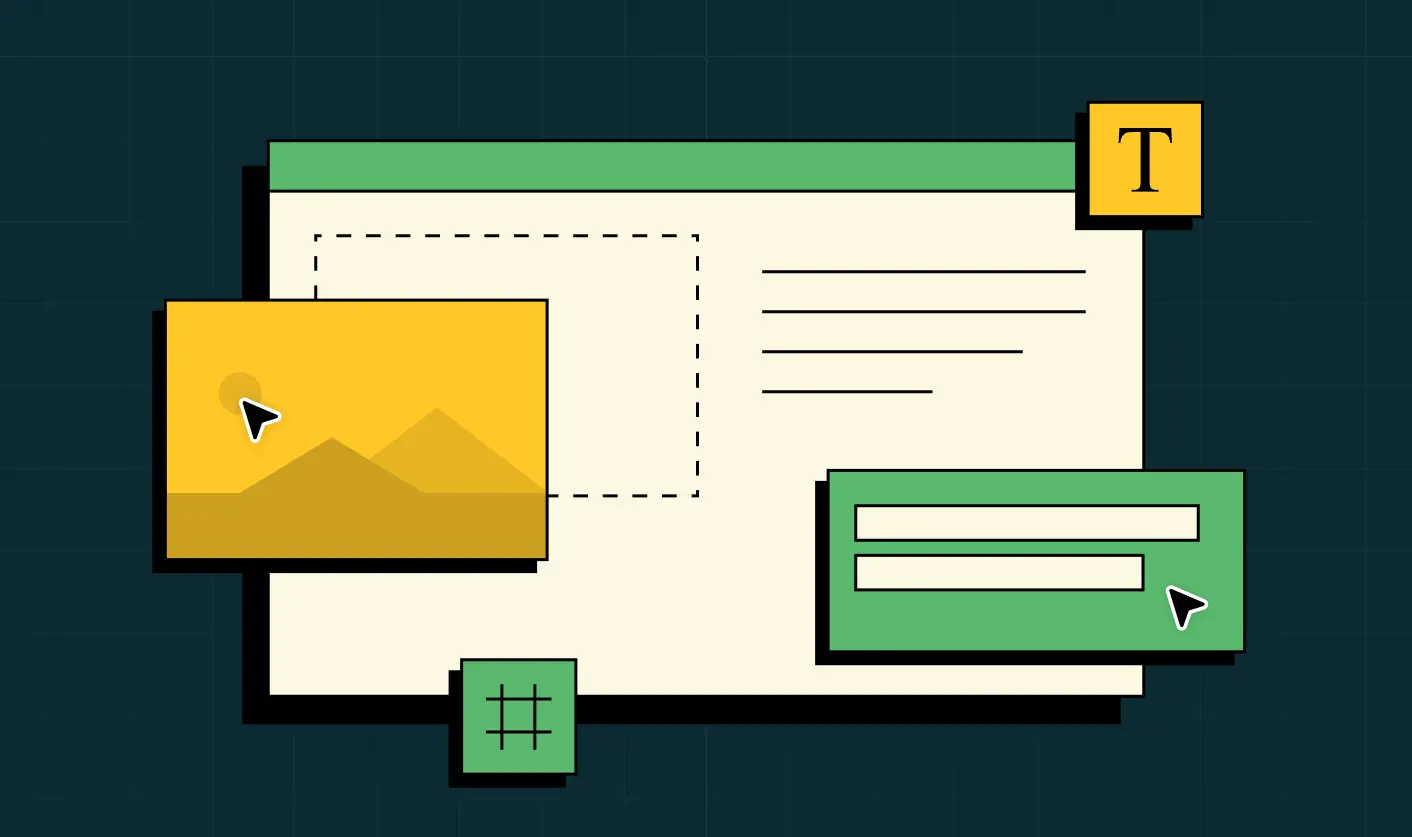
User Experience
Optimizing for Intent: How B2B Website Messaging and UX Changes Help Capture Top-Funnel Buyers
Kiran
.svg)
December 10, 2025
No items found.


Interested in seeing what we can do for your website?





.webp)
It only takes 45 seconds to schedule your free consultation


